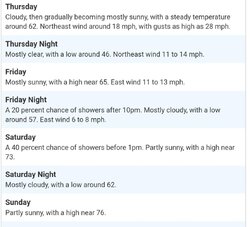Ashful
Minister of Fire
There's likely other factors for BK advising the cat probe reach the active zone before throwing the bypass. Maybe BKVP will elaborate on those other facts but until then I will go out on a limb and guess it has more to do with getting the rest of the stove up to temp to maintain a long clean burn without risk of stalling the cat initially. Maybe they figure it gives the surface moisture a chance to evaporate and bypass the cat.
This has been discussed before (annually, actually), so I might be safe speaking for BKVP on this one: The manuals aren’t written for the burning aficionados* that hang out at hearth.com. They’re written to be as simple to follow as humanly possible, so as to not scare off the stove newb’s.
There is no issue with closing the bypass before the needle hits “Active”, provided that you have some means of knowing the combustor has reached light-off temperature. For most of us, our experienced eye, watching load after load having come up and reached ignition, is that “means of knowing”. For those without this interest or experience, the needle is a safe way to get it done.
* insert your own term: nuts, fanatics, etc.


